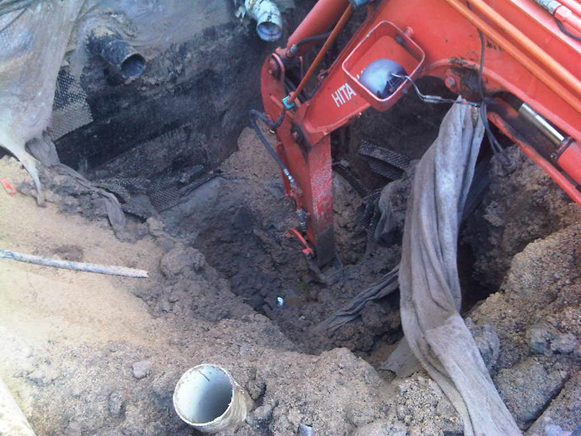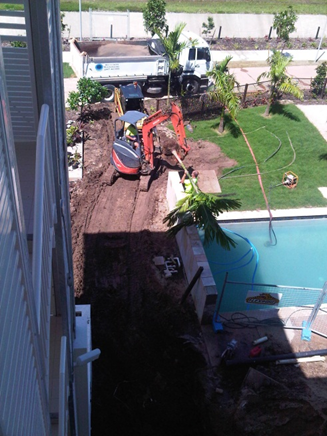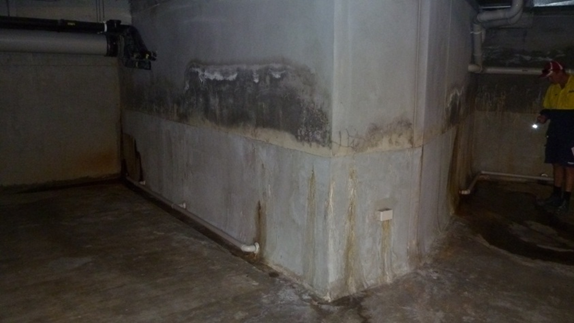- 1 Minute to read
- Print
- PDF
Inground Works - General Principles
- 1 Minute to read
- Print
- PDF
Waterproofing of building works that are in contact with soil requires careful consideration.
In most cases, there is little opportunity to access the works after the area is backfilled and completed due to dewatering/enormous costs associated with removing and replacing in ground services, landscaping, minor structures, pavements etc; and causing inconvenience/disruption to above ground activities – such as fire egress paths, entries to shops etc.


In many cases the result is an unsightly, embarrassing issue that even when all the boxes are ticked and you have built everything that has been requested – you are still wrong in the eyes of the next owner.
And that is the most important consideration – the lifespan of the building and therefore the future owners/users of the building. Regularly we are embroiled in dispute with the NEXT owner of the building that the previous developer who has gone broke “agreed to a wet basement” - yet rarely is this documented at all - or proven to be the case.

Above - Who cares what the developer said! – The next owner sees it as our product – our reputation – our problem! The facts become secondary when this sort of issue occurs
You must appreciate that MOST of the buildings constructed have their ownership transferred to another person/s or company. Whether it be a liquidator, a body corporate, a property investor or owner/occupier, the decisions made at the commencement of a project are ones that will be debated at length and potentially at great cost with someone who was not a part of the decision making process but will be HIGHLY critical of the process in order to have us repair the damage an no cost.

